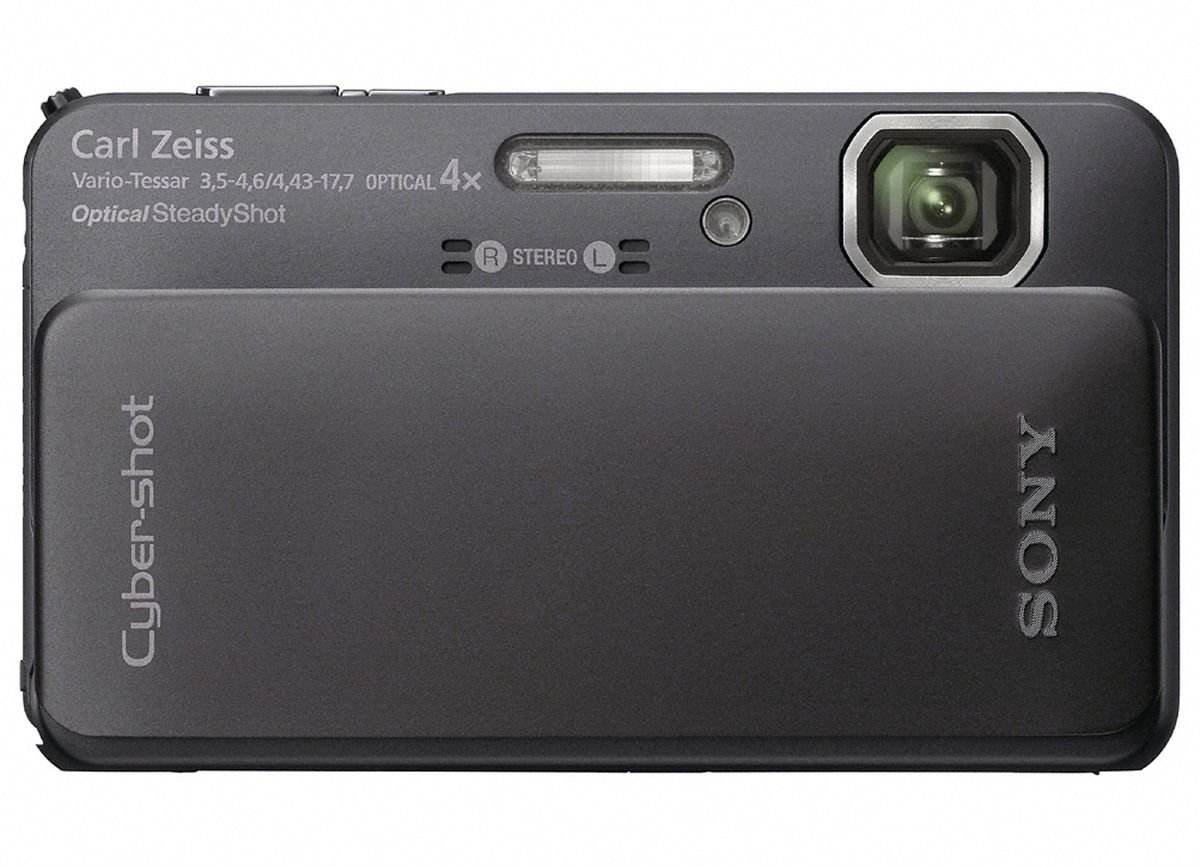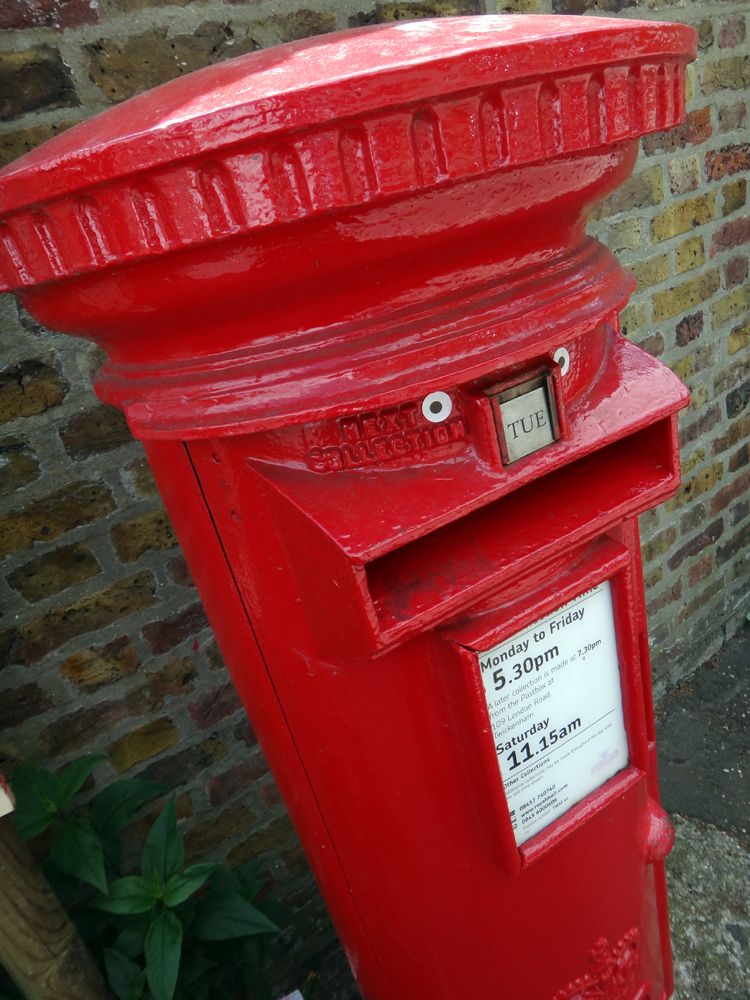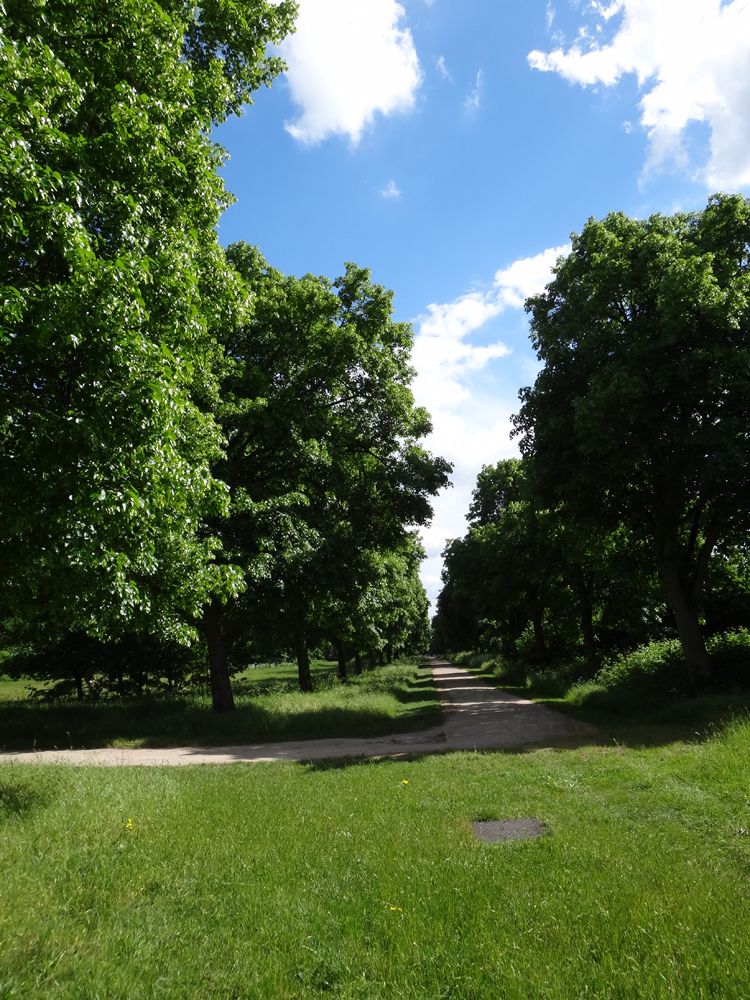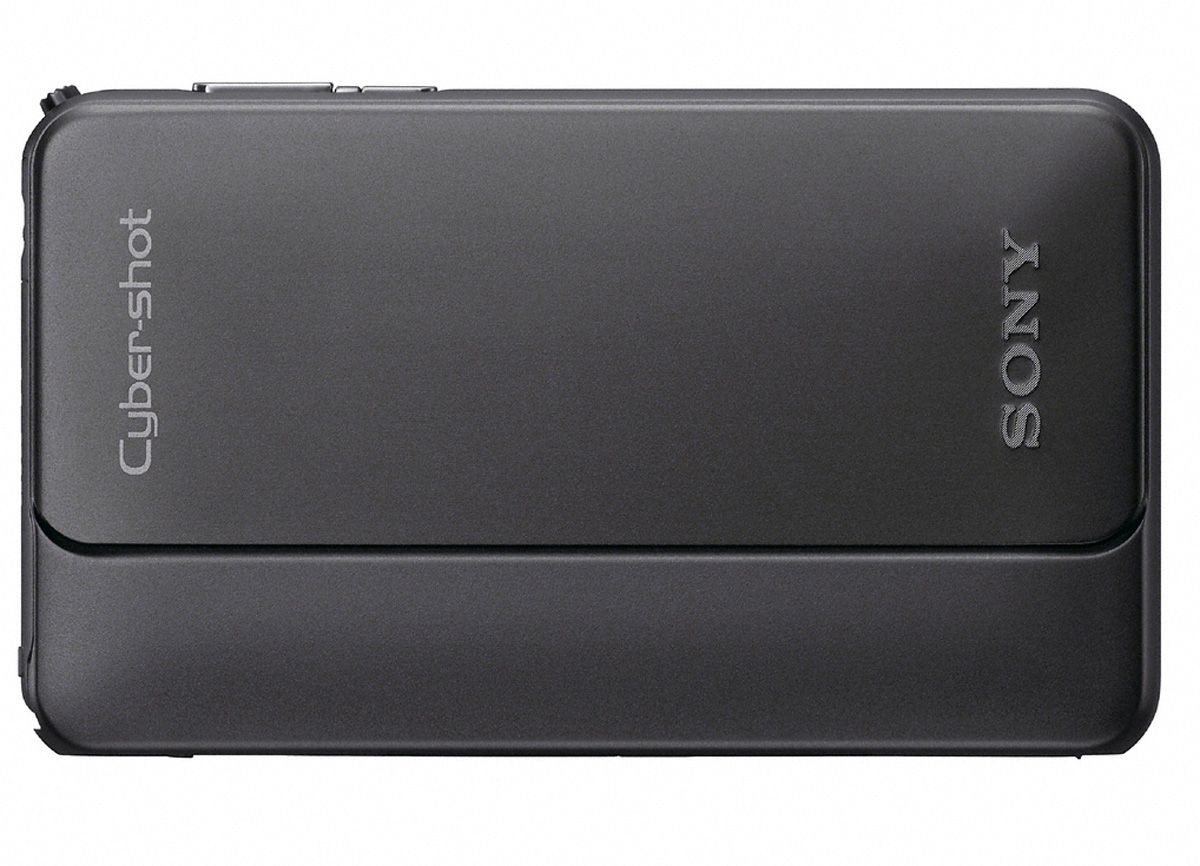Tough and beautiful can make for an arresting combination. Just ask fans of Xena Warrior Princess or, more recently, fem-bot Cameron out of Terminator: The Sarah Connor Chronicles. Both qualities are to be found in Sony’s Cyber-shot DSC-TX10 point and shoot pocket camera, which follows on from last year’s similarly rugged yet svelte TX5.
Our quick take
The TX10 feels pricey at just shy of £320 when for a few pounds more you could buy a high performance compact such as Canon’s PowerShot S95, the Panasonic LX5 or even Sony’s own HX9. However if robustness as well as beauty is your desire, that’s largely missing the point. Take solace then in the fact that the TX10 is some £20 less than its TX5 predecessor was a year ago, while offering a much improved resolution without noticeably increased noise and the ability to venture further into the deep (16ft rather than 10ft) if that’s your bag.
The slide open and shoot lens cover operation makes for ease of use and an intuitive process at that, even if we felt some of the touchscreen icons a little small for precise finger operation. Yes, there is a plastic stylus provided out of the box that can be attached via the wrist strap, but a prod with a digit makes for a much quicker option.
We could find little fault with the bright and colourful images the TX10 produces, that backlit Exmor R sensor delivering usable, largely grain-free results up to and including the maximum setting of ISO 3200. At least, for once, picture quality hasn’t been completely sacrificed on the altar of style.

Sony Cyber-shot DSC-TX10 - 3.5 / 5
| FOR | AGAINST |
|---|---|
|
|
The air-tight “auto everything” 16.2 megapixel offering (from a 1/2.3-type back illuminated Exmor R CMOS sensor) claims to be both waterproof to a depth of 5 metres (16ft, up from the TX5’s 10ft) and shock proof. It is capable of withstanding a drop from a height of 1.5 metres - though onto what type of surface isn’t specified. It’s further dust proof and freeze-proof to -10 degrees centigrade. In this respect it does battle with the recent likes of the Fujifilm FinePix XP30 and Olympus TG-810.
Whereas toughened digital compacts usually tend to be bulkier beasts than their non-ruggedised siblings, with large controls for gloved operation, this Cyber-shot emerges as waif-ish, small buttoned and catwalk-ready as any other flat fronted Cyber-shot with internally folded lens mechanism. The focal range is a respectable if unremarkable 25mm to 100mm in 35mm film terms, and at no point does it protrude from the body.
In other words the Cyber-shot TX10 is a robust model that disguises the fact well. Lacking anything approaching a handgrip or visible extra padding, official dimensions are a slightly larger than credit card sized 95.6 x 56.1 x 17.9mm and it weighs 133g when loaded with battery and card, so will slip into any pocket or bag. We had the attractive metallic silver variety in for review, with pink and black alternatively available.
Design
For those who prefer their cameras looking more like a stylish cigarette case or business card holder than an obvious photographic tool, the DSC-TX10’s minimalist design is further enhanced by the fact that this is a touchscreen model. This means the likes of shooting modes are represented virtually by on-screen icons rather than chunky dials.
In fact the Sony’s backplate is given over entirely to a monolithic-in-appearance 3-inch, widescreen aspect ratio LCD, with impressive 921,600-dot resolution. Disappointingly though it does suffer as badly in strong sunshine as any other LCD. What few physical controls there are, are limited to the top plate and upper slope at the back: we get a recessed on/off button, a narrow shutter release button adjacent to it, and over at the right-hand corner (if viewing the Sony from the back) is a raised zoom switch for toggling between wide angle and telephoto settings - a process taking 2-3 seconds tops.
On the upper slope of the back plate is a dedicated video record button for recording Full HD AVCHD format clips, during which the modest optical zoom can thankfully be utilised, and next to it a playback button. A press of the latter allows images to be reviewed without having to otherwise slide open the front lens cover and have the camera fully operational. A dual recording mode also affords a still image to be captured whilst recording video without interrupting the flow. Having said that, the resultant image is of lower resolution and adopts the same 16:9 aspect ratio as the video clips.
There is some additional fun to be had here - if you own a suitable TV. Sony claims that the TX10 is one of the first of its type to offer a 3D still image mode, in addition to the now regular auto stitching 3D Sweep Panorama mode and its lenticular print apeing Sweep Multi Angle mode. This doesn’t require two lenses and two sensors to produce a stereoscopic shot - like the Fujifilm Real 3D FinePix W3 does for example - the Sony takes two consecutive shots from two different vantage positions and combines them for its 3D effect. In truth however Olympus’ recently reviewed SZ-20 superzoom also offers 3D capability from the one lens and chip, as do the Panasonic Micro Four Thirds “G” series models if you opt for the £250 3D accessory lens. With all three cameras, you’ll need a 3D equipped telly to properly view the results.
Performance
For those who do just want to point and click, on the TX10 scene and subject recognising Intelligent Auto and image enhancing Superior Auto modes are provided. Extreme sports fans may also find useful a continuous shooting of up to 10 frames per second at 16.2 megapixel max resolution. For those missing a DSLR, there is the ability to achieve a sharp subject but an attractively defocused background; the Sony achieves this visual trickery by again taking two shots and compositing them.


JPEG and AVCHD files are committed to either Sony Memory Stick Duo, or more widely utilised SD, SDHC cards, which share the same slot at the camera’s base. This is hidden beneath a catch-operated cover that also protects the rechargeable lithium ion battery, good for approximately 250 shots, which is so-so. Similarly a catch operates the side cover that protects both HDMI output and joint AV/USB port.
In terms of image quality, with the TX10’s lens starting out at a wider than most 25mm, there’s the opportunity here to shoehorn in landscapes as well as group shots, and though there is some slight softness towards the very edge of frame at maximum wide angle we can forgive this. More impressive still is the fact that we were able to achieve usable, grain free results towards the upper end of the proffered ISO range. In terms of video, having a nigh silent zoom coupled with stereo sound and Full HD capability in your pocket is a real boon, as is being able to switch between still and moving images in the press of a button.
To recap
Best viewed as a feature packed pocket camera with the “extra” of waterproofing etc, rather than the other way around, the TX10 delivers colourful pictures requiring minimal post processing and the smooth and silent lens action is a bonus when shooting stereo Full HD video

